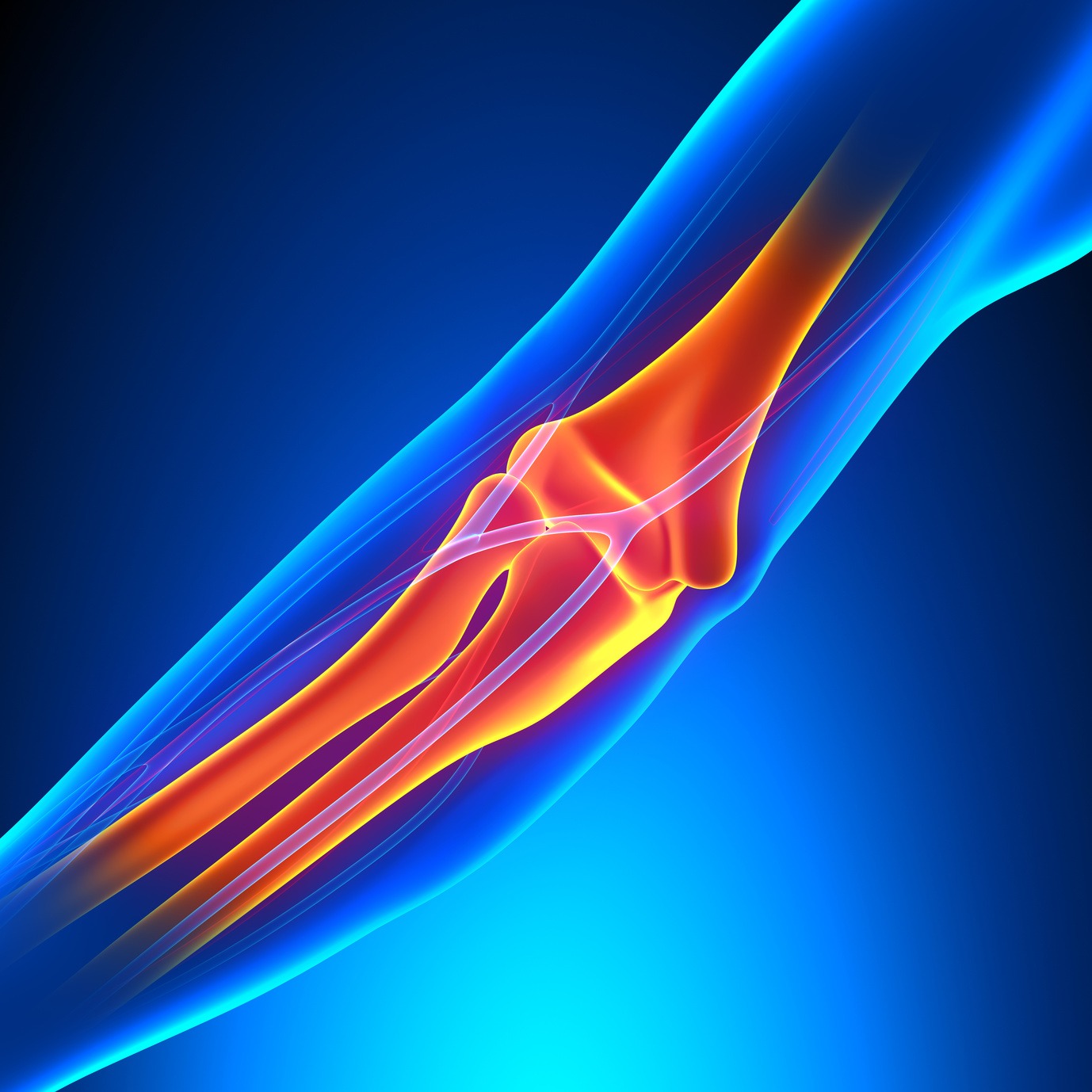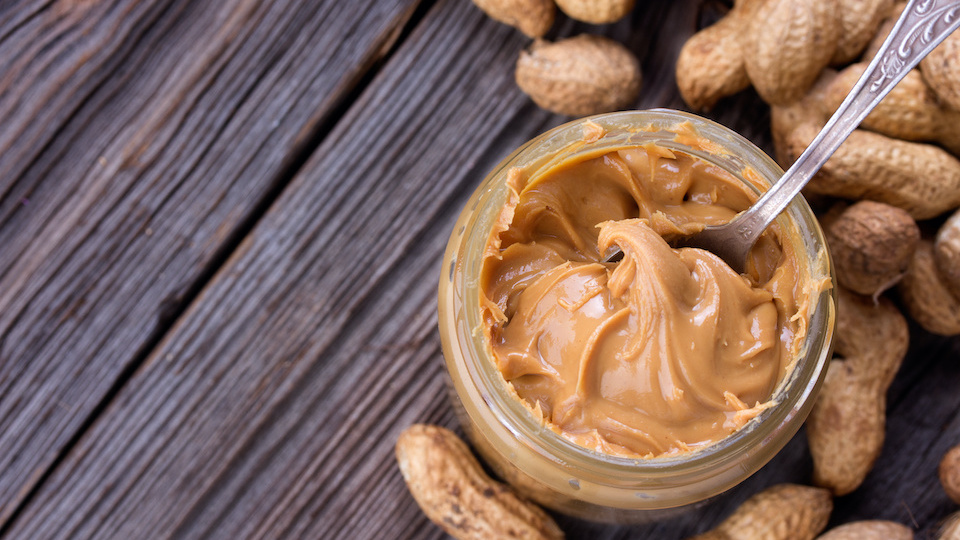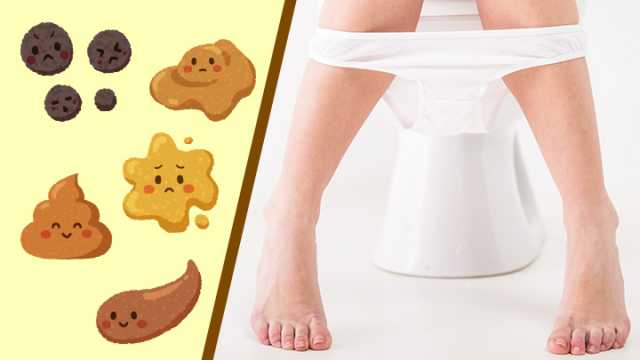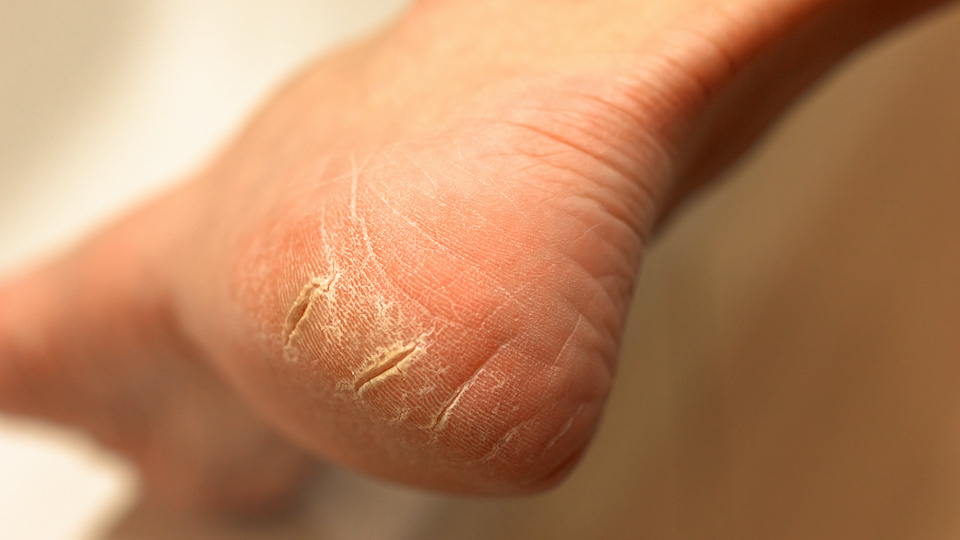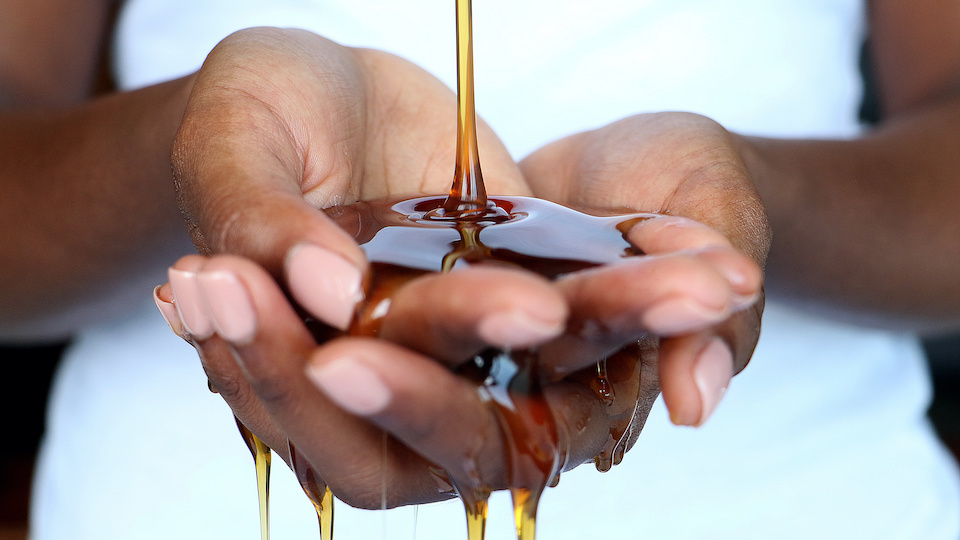Most of the patients that I diagnose with tennis elbow have not picked up a racket in years. Although it is a fairly common complaint among people who do play tennis, tennis elbow is surprisingly common in those who don’t. In people who play racket sports, this painful condition develops from chronic repetitive strain in the forearm that occurs during the backhand shot. If you’ve never experienced the pain of tennis elbow, consider yourself lucky… it can be debilitating.
The pain of tennis elbow can be severe. It is often so bad that it disrupts sleep, and I’ve heard many patients say that they can’t even hold the weight of a coffee cup without extreme pain. For many years, orthopedic doctors have treated tennis elbow using a standard menu of treatments that usually involves anti-inflammatory medications and steroid injections. The problem is… they don’t really work, and we are just beginning to understand why.
Recent research into what is actually going on inside that painful elbow has led to a revolution in the way your doctor should be treating it.
So, let’s explore the elbow and what goes wrong that leads to tennis elbow, so we can better understand how to treat it. First, some basic anatomy. If you stand with your arms outstretched and your palms facing forward, the pain of tennis elbow is at back of the arm, on the outside (lateral) side of the elbow. This is the area of the lateral epicondyle; a bony prominence where the muscles of your forearm (the hairy side) attach.
The technical term for tennis elbow is lateral epicondylitis: where the suffix “itis” means that the lateral epicondyle is inflamed. Newer research into tennis elbow has revealed that there is less inflammation involved in this condition than was previously thought, and that revelation has led to a name change. Doctors who understand this new information are now using the term “lateral epicondylosis,” because it is not an “itis” in the true sense of the word.
At its core, tennis elbow is a degenerative condition which leads to weakness of the tendons in the elbow. In people who suffer with tennis elbow, microscopic and ultrasound imaging of the area have demonstrated a “fraying” of the tendinous attachments of those forearm muscles. It is very much like the fraying you see at the knee in a pair of well worn jeans. Although there is some modest inflammation associated with this degeneration, it is not the primary problem. The long-held misunderstanding of the nature of tennis elbow has led to many unnecessary and dangerous treatment plans over the years.
This issue got some much needed attention when the New York Times recently published an article about these new revelations, including the dangers of “quick fix” treatments. This article mainly discusses steroid injections to treat tennis elbow pain: the go-to treatment for this condition in both the United States and Britain. While this treatment can relieve some of the pain fairly quickly, it may actually lead to worsening of tennis elbow over time.
The reason that steroid shots are often recommended is because they reduce inflammation. However, with what we now know about tennis elbow, this is not enough, as it is not a purely inflammatory condition. Steroid shots are well known to decrease the integrity of connective tissue, and this contributes to further degeneration. That means more fraying… which actually make the condition worse over the long term. A treatment that makes the condition worse is indeed a huge problem.
So, if steriod shots are out… what is the right way to treat tennis elbow? A good tennis elbow treatment plan should include a plan to reduce inflammation without causing more damage, reduce muscle tension, and improve muscle strength and flexibility. Here is a guide:
1) Call the POLICE: A new and improved twist on the old “RICE” (rest, ice, compression, elevation) recommendation for musculoskeletal pain. Here’s what it means:
a) Protect: Protect the area from further injury. Every time you wince in pain, you’ve set yourself back by doing a little more damage to the tissue. Make sure your daily movements are done in a pain free range of motion.
b) Optimal Loading: Movement is medicine. You can and should move the area in a gentle range of motion. See below for more on this.
c) Ice: At the onset of the pain, regular icing of the area can be a big help. For chronic pain, I prefer a combination of ice and heat, called “contrast hydrotherapy,” which involves alternating ice and heat to the area.
d) Compression: Gentle compression, including taping techniques using “kinesiotape,” can be very helpful (more on that in a later post).
e) Elevation: Keep the arm propped up on a pillow whenever you can.
2) Stretching: The most useful stretches for tennis elbow are those that focus on the extensor muscles in the forearm:
– Extend your arm, elbow locked, palm facing down, make a fist.
– Flex your wrist so that your fist points toward the floor.
– Using the other hand, gently add some overpressure until you feel the stretch in your forearm.
– Hold for 3 seconds.
– Repeat 8-10 times.
3) Trigger point release: Finding and releasing trigger points in the muscles of the forearm will often produce immediate relief. Trigger points are like little “knots” or areas of increased tension within muscles. Applying direct pressure (several cycles of 10-20 seconds on, 10-20 seconds off) to any trigger points you find in the forearm will produce a “hurts so good” kind of pain. You can apply pressure yourself using a tool or simply using your thumb or knuckles of the opposite hand.
4) Strengthening: Gentle strengthening of the forearm muscles is essential to building up the integrity of muscles and tendons in the area. There are many exercises that can accomplish this, but there is one in particular that is especially good for tennis elbow. It’s called the Tyler Twist, and it is done using an inexpensive tool called a FlexBar. I have found this exercise to be very helpful in relieving tennis elbow pain.
5) Supplements: There are several different supplements that are useful to improve the health and the integrity of the tissue involved in tennis elbow. Ingredients to look for include:
a) Curcumin: An extract of the Indian spice turmeric which checks all the boxes when it comes to being useful for tennis elbow.
b) Bromelain: This is a pineapple extract that acts as an enzyme to break up scar tissue at chronically irritated areas.
c) Omega-3 oils: Fish oils, especially those from clean, wild fish like salmon are wonderful additions for any joint pain.
In addition, it is essential that you make sure you’re getting quality sleep, and eating a nutritious, mineral-rich diet loaded with clean, whole foods. You really “are what you eat,” and eating well is important not just for your elbows, but for your musculoskeletal health in general. You’re going to need your bones, muscles, and joints for the long haul, so make sure you’re caring for them well.
– Dr. Joshua Levitt


